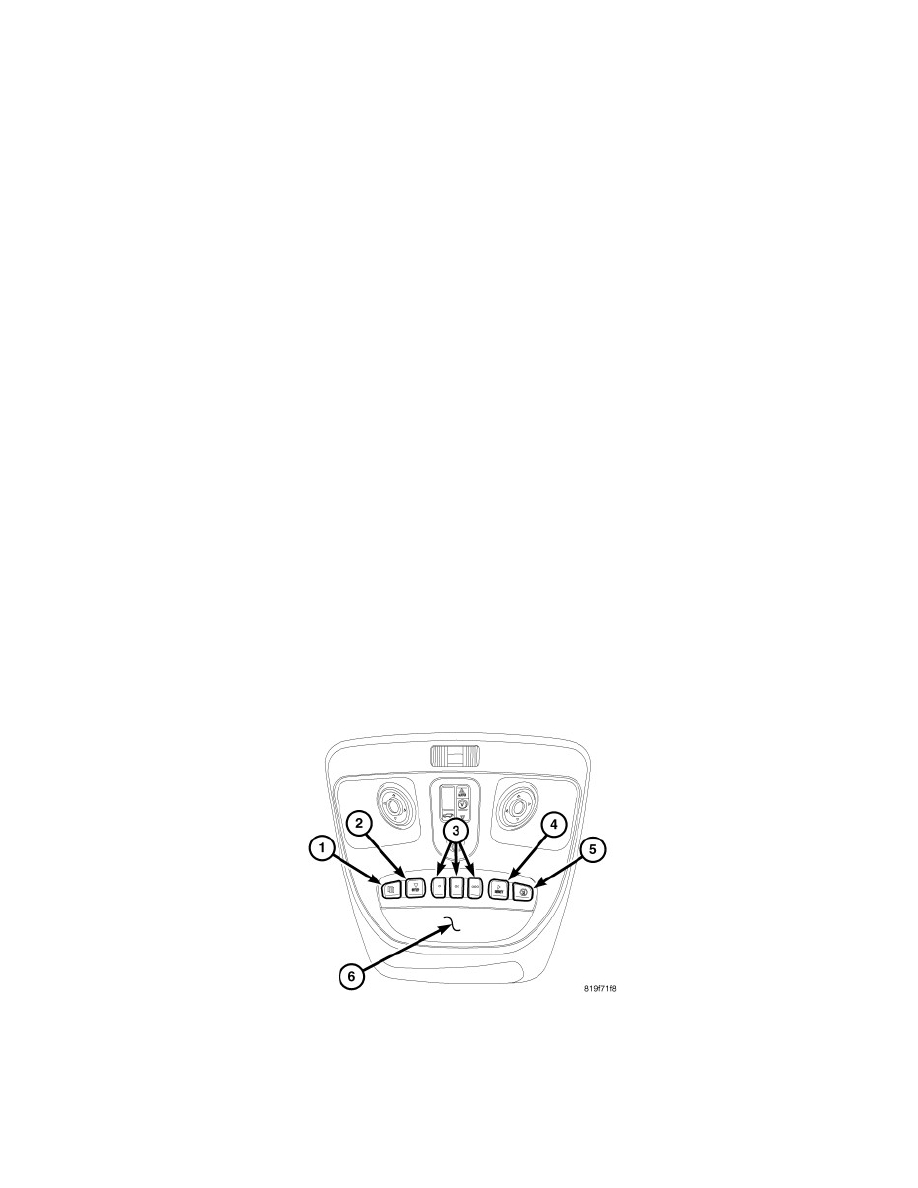Aspen 4WD V8-5.7L Hybrid (2009)

The transmission over-temperature indicator is serviced as a unit with the instrument cluster.
Transmission Temperature Indicator - Operation
OPERATION
The transmission over-temperature indicator gives an indication to the vehicle operator when the transmission fluid temperature is excessive, which may
lead to accelerated transmission component wear or failure. This indicator is controlled by a transistor on the instrument cluster circuit board based upon
cluster programming and electronic messages received by the cluster from the Powertrain Control Module (PCM) over the Controller Area Network
(CAN) data bus.
The transmission over-temperature indicator Light Emitting Diode (LED) is completely controlled by the instrument cluster logic circuit. This logic only
allows the indicator to operate when the instrument cluster receives a battery current input on the fused ignition switch output (run-start) circuit.
Therefore, the LED is always off when the ignition switch is in any position except ON or START. The LED only illuminates when it is provided a path
to ground by the instrument cluster transistor. The instrument cluster turns on the transmission over-temperature indicator for the following reasons:
-
Bulb Test - Each time the ignition switch is turned to the ON position the transmission over temperature indicator is illuminated for about two
seconds as a bulb test.
-
Trans Over-Temp Indicator Lamp-On Message - Each time the cluster receives an electronic transmission over temp indicator lamp-on
message from the PCM indicating that the transmission fluid temperature is 135 °C (275 °F) or higher, the indicator illuminates and a single chime
tone is sounded. The indicator remains illuminated until the cluster receives a lamp-off message from the PCM, or until the ignition switch is
turned to the OFF position, whichever occurs first. The chime tone feature only repeats during the same ignition cycle if the indicator is cycled off
and then on again by the appropriate lamp-on and lamp-off messages from the PCM.
-
Self Test - Each time the cluster is put through the self test, the transmission over temperature indicator turns on, then off again during the bulb
check portion of the test to confirm the functionality of the LED and the cluster control circuitry.
The PCM continually monitors the transmission temperature sensor to determine the transmission operating condition. The PCM then sends the proper
lamp-on or lamp-off message to the instrument cluster, also known as the Cab Compartment Node (CCN). If the instrument cluster illuminates the
transmission over temperature indicator due to a high transmission oil temperature condition, it may indicate that the transmission or the transmission
cooling system are being overloaded, or that they require service. For further diagnosis of the transmission over-temperature indicator or the instrument
cluster circuitry that controls the LED, See: Instrument Panel, Gauges and Warning Indicators/Instrument Cluster / Carrier/Testing and Inspection.
Use a diagnostic scan tool for proper diagnosis of the transmission temperature sensor, the PCM, the CCN, the CAN data bus or the electronic
communication related to transmission over-temperature indicator operation. Refer to the appropriate diagnostic information.
Electronic Vehicle Information Center - Description
DESCRIPTION
NOTE: The Electronic Vehicle Information Center (EVIC) module is sometimes referred to as Electronic Overhead Module (EOM) for the
purposes of scan tool and diagnostic information naming. Please treat the EVIC and EOM as one and the same when diagnosing the
vehicle.
The Electronic Vehicle Information Center (EVIC) is located in the overhead console and consists of the following components:
-
HomeLink(R) transceiver (3) - if equipped
-
Vacuum-Fluorescent Display (VFD) (6)
